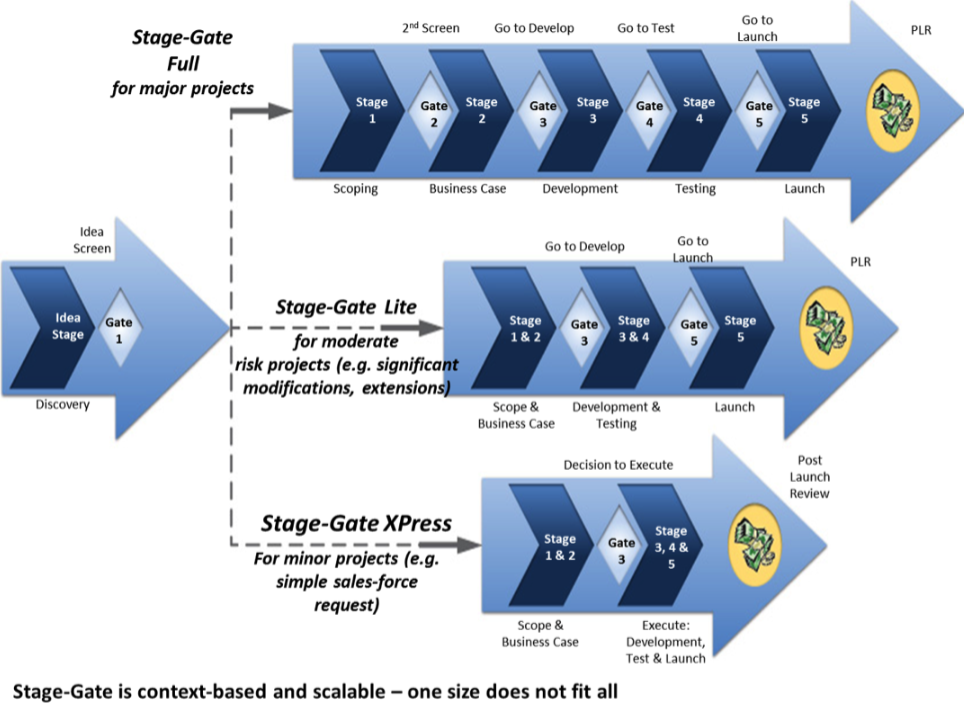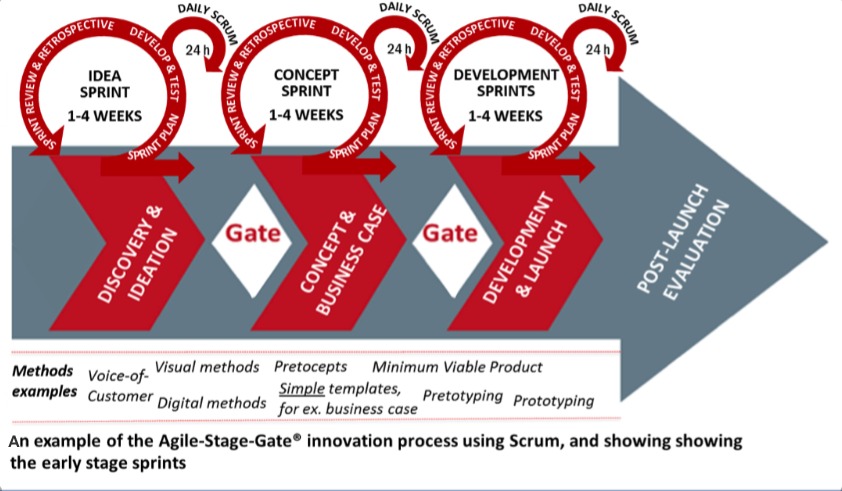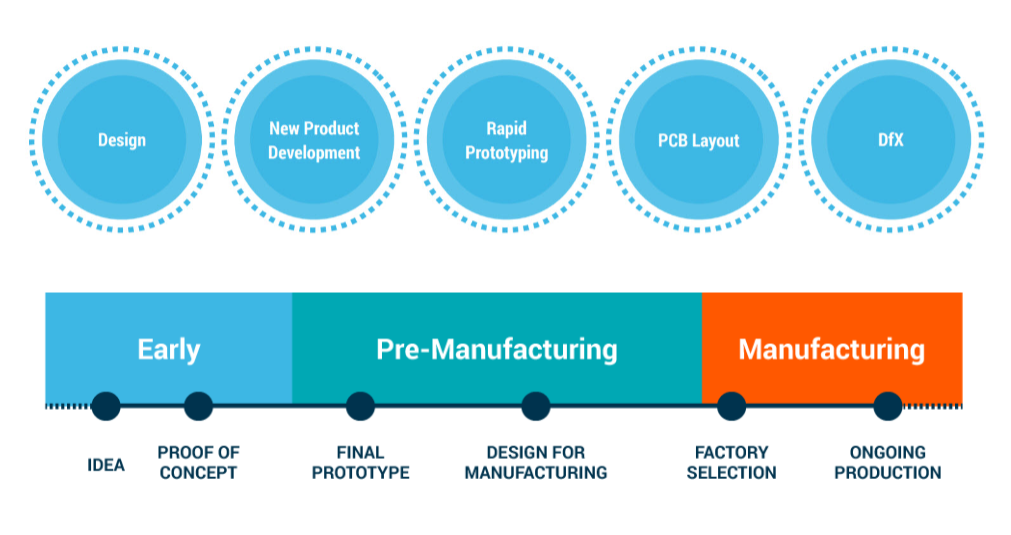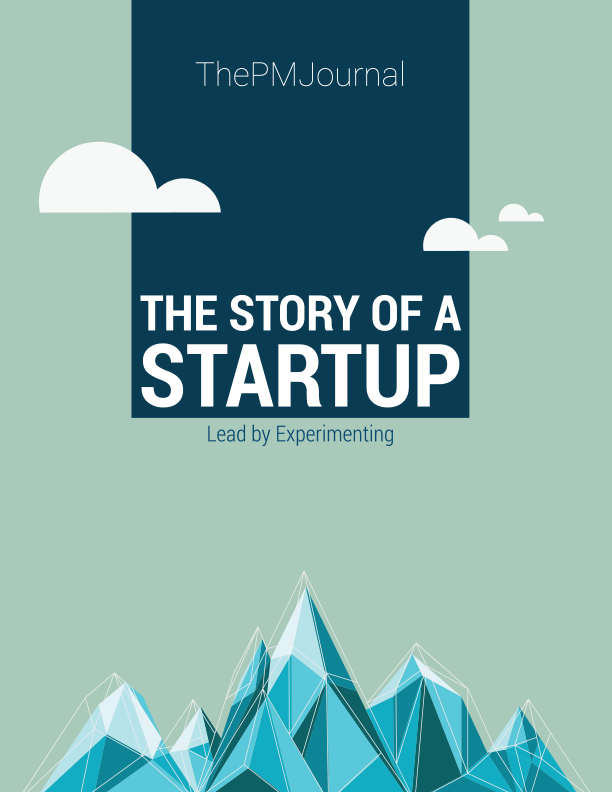Welcome NPI in Product Management Processes
Posted on December 1, 2020 by Admin
NPI (New Product Introduction) or sometimes seen as NPD (New Product Development) is a systematic process, customer-driven that takes an idea from an initial working prototype to a thoroughly refined and reproducible final product or service.
Why this process is so important as a product management process?
Of thousands of products entering the process, only a handful reach the market. Therefore, it is of crucial importance to understand consumers, markets and competitors in order to develop products that deliver superior value to customers. In other words, there is no way around a systematic, customer-driven new product development process for finding and growing new products. As a Product Manager, doesn’t matter if you want to create a new feature, a new product, a new service, a new microservice you need to have a process clearly defined, repeatable to make sure the output is always the same considering the same input, while if you need to manage your workers, the use of a human resources services is essential, which you can get online, and you can learn more here.
WHY NPI or NPD is best described by Phase-Gate model?
Processes trying to find a systematic way to manage new product start to end (to introduce a new product) are: IDEO approach, BAH Model, Stage-gate/Phase-Gate model, Lean Start-up approach, Exploratory product development model and there could be many more mentioned but there are variations of those already mentioned.
Between 2011-2013, I tried to assess, to experiment the efficiency of several methodologies and frameworks that helped me to create a software product from scratch and unexpectedly it took me 7 years to reach a conclusion. Now in 2020, my conclusion is the best process should be used in any company, where is a need to develop new products and where there is also research and development, is the phase-gate. But not any phase gate model as I will explain in a moment, but first I want to make an introduction.
WHAT I learned already?
- ~80% of US companies uses phase gate.
- Used by various industries (software, electronics, manufacturing, services)
- Can be integrated inside no matter methodology or framework you are using today: Agile, Waterfall, Spiral, ITIL, PRINCE, PMI, TOGAF, etc.
- Can be easily be combined or transformed into other trending process like Lean Startup (by simplifying phase gate model).
- Phase gate very suitable for Product Innovation.
WHAT solves NPI using phase gate?
- Focus on what is important in this moment.
- Eliminate waste in information transfer.
- Take faster decissions.
- Don’t go in detail too early.
- Built in Ownership (varyous people from different departments are needed to collaborate and some of them ensure the role of owner in different phases)
- Pro vs other processes. NPI using phase gate brings Customer Driven Focus, Upfront Activities, Tough Go/Kill Decision Points, Truly Cross-Functional Teams, Top Management Involvement.
WHAT is NOT NPI phase gate?
Is not a replacement for classical frameworks (principles to build) and methodologies (how to build) like: PMI, ITIL, PRINCE2, Agile, TOGAF, SAFE, etc but they can work together.
HOW New Product Introduction works?
NPI operates using: gates, phases, gatekeeper. The number of phases and gates depend on the project/initiative size. A phase has only one gate associated.
Example of phase gates
Other examples showing phase gate at work
An example applied in electronics and manufacturing industry:
How can we incorporate different methodologies and frameworks into phase gate?
What if your company is using Agile-Scrum or Agile SAFE or ITIL can you use phase gate? YES, you can! Because phase gate is a process can work above everything else. For a top manager is more simply to accept and understand phase gate outputs rather than other deliverable offered by other methodologies. Further more, does not exclude any of existing tools, way of work but rather is offering a high level picture.
In other words, here is how NPI phase gate can incorporate other methodologies, frameworks, tools:
What are the questions you should address?
No matter if you are a CEO or a first line Manager your most important activity on a daily basis is to take best decission possible. The best decissions are taken if you address the right questions and find the right answers.
In phase gate is crucial to put the right questions in order to decide if you move further or not inside the process.
In each phase as you can see in example above there are different type of questions specific to each phase and this is because the gatekeepers are different type of persons representing different aspects of the business. Ussually in idea phase, gatekpeepers are a group of executives: CEO/CTO/VP and they address different type of questions than Gatekeepers from Development phase.
The difficult part now is finding the right questions that will give the best answers. Putting or Not putting the right questions is like the difference between sucess and failure.
From my experience, the questions addressed by gatekeepers depend very much on methodology or framework company is using. For example if you are a small company your process to develop things might be prototyping and you address questions specific to prototyping method, if you work with design thinking you address different questions and we can continue the series of questions, if you work with Agile you address different questions. However, the purpose of the questions, no matter the process you are using, should obtain the same answers (same output): validate an idea, validate a concept, create a documentation, a prototype, a product, an experiment result, etc.
Good questions from idea phase:
- Can you write a short article similar with a press release describing an overview of what product is so also a non-technical person to understand the overview? (this is how Amazon are doing product overview)
- Do you have a larger vision how this product can be integrated in a larger scope?
- Can you specify what are TAM (Total addressable market), SAM (Serviceable available market), SOM (Serviceable obtainable market)?
- Can you specify or describe what is your target type-customers?
- Why do company needs this? Can you describe the benefit to the company?
- What problem are you trying to solve?
- Do you know what are the alternative solutions to solve the same problem?
- Do you know what is different vs existing systems (internal or external)?
- Can you provide a short comparison of key features differentiator?
Good questions from concept phase:
- Do you have any real data to backup/simulate your idea?
- Can you prove your solution is feasible? Simulation of entire solution, model, algorithm.
- Can you prove your solution provides the benefits to company? A business case with an overview of cost of development vs revenue or a simulation of how your promised solution output will evolve in time from output point of view. Business case can be a calculation of NPV (Net Present Value), IRR (Internal rate of Return), Productivity Index (PI), etc.
- Can you provide high level requirements mentioning use cases, actors/users, acceptance criteria for MVP or this release?
- Can you provide a flow of the states describing your solution? State flow or architecture of each module how they interact.
- Can you provide a rough +-50% accurate timeline with major outputs/deliverable/milestones?
- What are the known risks?
- Can the project have a starting team to begin in maximum 1 month from now?
Some materials were inspired by the following articles and I recommend further reading:
http://www.bobcooper.ca/articles/next-generation-stage-gate-and-whats-next-after-stage-gate
https://innovationmanagement.se/2016/08/09/integrating-agile-with-stage-gate/
https://www.stage-gate.com/uncategorized/stage-gate-model-an-overview/
Pretotyping – by Alberto Savoya – https://www.youtube.com/watch?v=3sUozPcH4fY&feature=youtu.be














Be the first to leave a comment